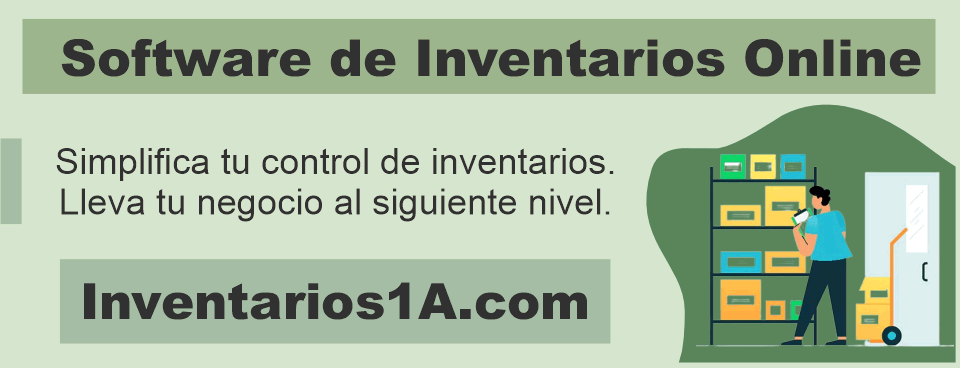Graphic Design Dictionary - Letter A

ASCII: Standard code for the representation of characters in computing and communication devices.
ASCII Art: Art created using ASCII characters to form images or illustrations.
Abstraction: A simplified or conceptual representation of an object or idea, with unnecessary details removed.
Abstract:
An artistic style that focuses on unrepresentative shapes, colors, and lines of
concrete objects.
Accessibility:
Design and development of products or services that are accessible and usable
by all people, including those with disabilities.
Action: A visual element or interaction that prompts the user to perform a certain action, such as clicking or swiping.
Acrylic:
A type of paint that uses an acrylic resin as a base and dries quickly.
Adaptability: The ability of a design or system to adjust and function efficiently in different contexts or situations.
Adaptation:
Modification of an existing design or content to adapt to different media,
devices or requirements.
Adapter: Device or component that allows the connection or compatibility between different elements or systems.
Adhesive: Substance used to join or glue different materials together.
Attachment: A file or document that is attached to an email message or other type of communication.
Administration: The process of planning, organizing and supervising resources and activities to achieve the objectives of a company or project.
Administrator: Person in charge of managing and supervising the operation and resources of a system, a network or an organization.
Adobe: Software company known for its graphic design and image editing applications, such as Photoshop and Illustrator.
Airbrushing: A painting technique that uses an airbrush to spray paint in the form of fine particles.
Airbrush:
An instrument used in airbrushing to spray paint in a precise and controlled
manner.
Agile: A
software development methodology that prioritizes adaptability, collaboration,
and rapid response to change.
Album: Book or collection of images, photographs or illustrations that are presented in an organized way.
Algorithm: A set of instructions or logical rules used to solve a problem or perform a calculation.
Alignment: The visual arrangement or arrangement of elements in relation to a baseline, an edge, or each other.
Almanac: A printed calendar showing the days of the year, often accompanied by additional information, such as holidays or events.
Aluminum:
Light and malleable metal widely used in the manufacture of objects and
structures.
Animation: Process of creating the illusion of movement in a sequence of still images.
Animated:
Having movement or life, especially in reference to digital graphics, images,
or characters.
Advertisement: A message or visual communication used to promote or announce a product, service, or event.
Analysis: The process of examining and breaking down a design, situation, or problem into its individual components in order to understand its operation or make informed decisions.
Analog: Relating to the representation or transmission of information through continuous signals, as opposed to digital information.
Application:
A software program designed to perform a specific task or function on a
computer device or system.
Arc: A
curved visual element used to frame, separate, or highlight content in a
design.
Art:
Creative expression that involves the application of skills and techniques to
create visual or conceptual works that convey ideas, emotions, or messages.
Artisan: Person who performs manual or artistic work with skill and skill, generally using traditional or artisan techniques.
Artist: Person who is dedicated to the creation of works of art using different media, techniques and styles.
Advice: Guidance or assistance provided by a graphic design expert to advise and provide recommendations on a creative project or process.
Asymmetry: A lack of symmetry or visual balance intentionally used in a design to create interest or dynamism.
Asymmetrical:
Not having symmetry or visual balance, with different shapes, sizes, or
distribution of elements in a design.
Attenuator: A device used to adjust or control the intensity of an audio or visual signal.
Attire: A
set of garments or clothing used for a specific occasion or purpose, which may
have distinctive visual or stylistic elements.
Automation:
The use of software, tools, or systems to perform tasks or processes
automatically, without human intervention.
Authorship: Attribution of creative and original responsibility for a work of graphic design to an individual or entity.
Avalanche:
The uncontrolled flow or amount of information, content, or visuals that are
presented in an overwhelming manner.
Alpha
Channel: An additional channel in an image or video file that represents the
transparency or opacity of pixels.
Art Direction: Function or role in graphic design that oversees and coordinates the visual and aesthetic aspects of a project, ensuring coherence and visual quality.






